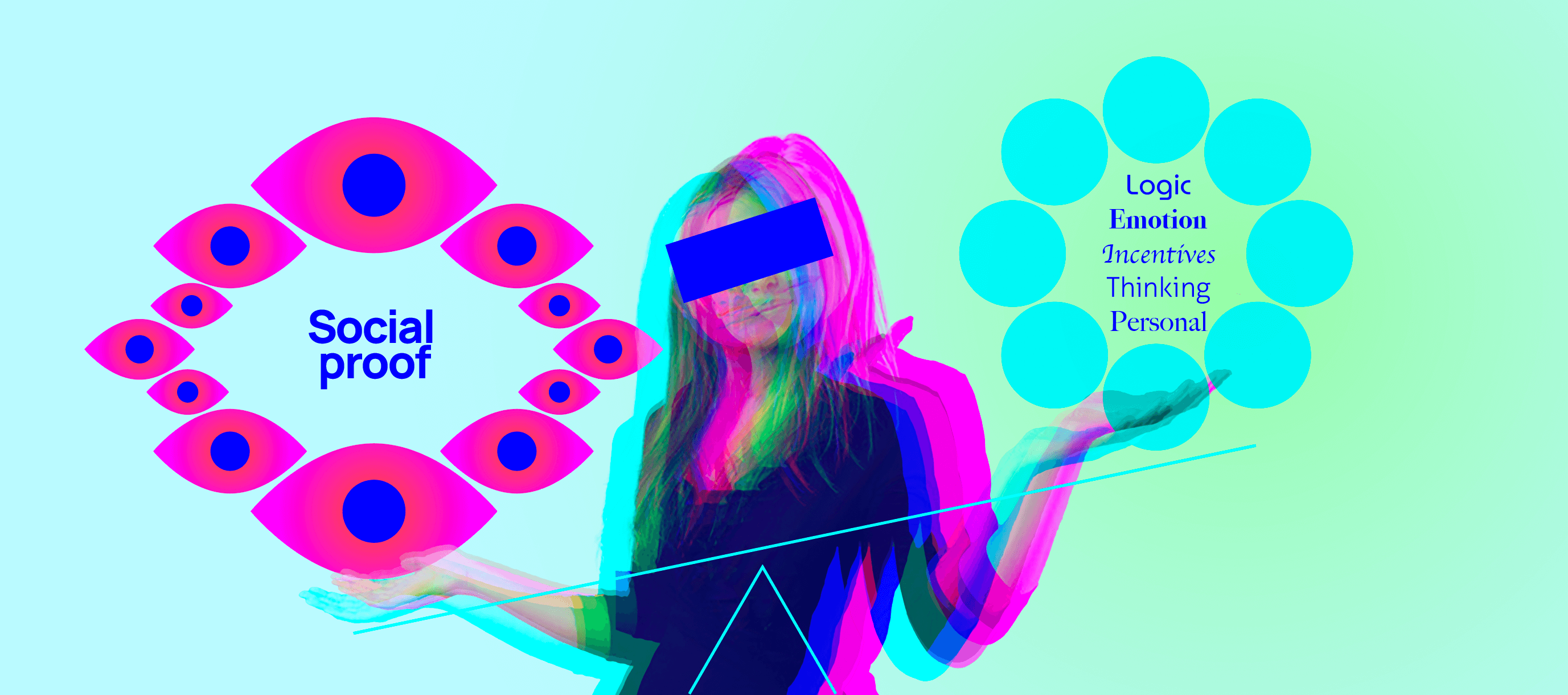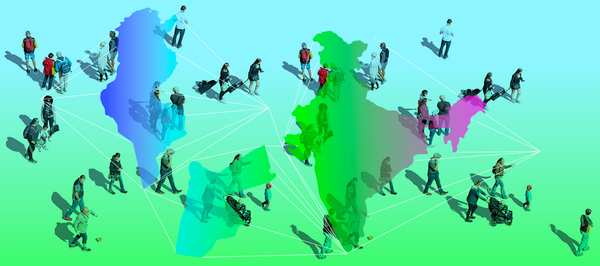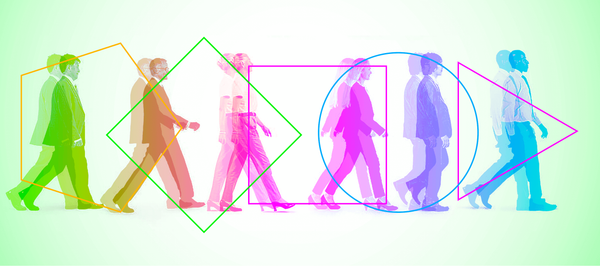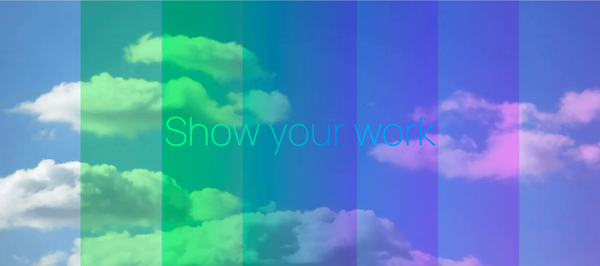You arrive at a party at an unfamiliar home. As you ring the bell, you rehearse the next few moments – explaining who you know, why you're there, where you'll place the bottle of wine you're holding. Then the door opens, the hellos begin, and suddenly, there’s a powerful distraction. Out of the corner of your eye, you spot a pile of shoes in the entranceway – heels, dress shoes, boots. Immediately, your mind drops everything else, and now your most important task is pulling off your shoes before you take another step on your hosts' immaculate floor. No words are exchanged. You know what to do, because everyone else is doing it.
Thank you to Maritz for donating this content.
That's social proof.
When people are in unfamiliar circumstances, they naturally look around them for cues on how to act. If you attend a wedding or a funeral involving families of a new culture, you try to lay low and blend in. When you get a new job, you observe when people take breaks, or what the etiquette is for coffee runs.
There's plenty of names for this phenomenon: Herd behavior. Conformity. Peer pressure. Many of them sound a bit derogatory. Some of social science's most notorious experiments demonstrate how powerful the impact of "social influence" can be.
The message is clear: When everybody's doing it, you're pretty likely to do it, too.
Fitting in is an important human impulse. Without the urge to conform, societies couldn't function and rituals wouldn't exist. Social proof, a powerful tool for manipulation, can be used for both good and evil.
It can also be used as an incredibly effective tool for marketing and persuasion – more powerful, even than money. Psychology professor Robert B. Cialdini's famous energy conservation experiment shows how. His team left notes on San Diego homeowners' doors urging them to cool their homes with fans rather than air conditioning. There were four flavors of the message: One told consumers they could save up to $54 a month. Another said fan use would prevent release of 262 pounds of greenhouse gases. A third stressed caring for future generations. But the fourth message said 77% of homeowners were already doing it and urged the residents to "join your neighbors." That’s the only pitch which worked.
"Even though our prior survey indicated that residents felt that they would be least influenced by information regarding their neighbors' energy usage, this was the only type of door hanger information that led to significantly decreased energy consumption, almost two kilowatt hours per day," Cialdini said at the time.
The message is clear: When everybody's doing it, you're pretty likely to do it, too.
Clever marketers have known this for a while. As McDonalds soared in popularity, Ray Kroc ingeniously let passers-by know how many millions of hamburgers he'd sold. Who wants to be the last person to find out what all the fuss is about the fries?
There are various categories of social proof that can be used for different purposes. The examples above might be called the "wisdom of crowds" version, in which people do what it seems like everyone else is doing. But informational social influence can be more focused, too. Expert social proof might come from a doctor recommending consumers they eat this food, or buy that piece of equipment. Celebrity endorsement/social proof is another form, which elicits in consumers the feeling that they'll be more like a famous person they admire if they buy her clothes, use her shampoo, or eat his pizza. In the Internet age, user proof – reviews written or shared by everyday consumers – has become an increasingly important form of social proof. Half of U.S. adults under 50 told Pew in 2016 they almost always read online reviews before buying new products, and another 40 percent said they sometimes do.
Plenty of companies design tactics to take advantage of social proof. A pop-up urging visitors to sign up for an email list might say, “Join the 33,000 who are already saving money.” An e-commerce firm might highlight specific reviews to show how effective their product is. A waiter might simply say, “This is our most popular dish.” An anxious diner who feels overwhelmed by the menu usually welcomes such a nudge; if the dish also happens to be more profitable, or is getting near the end of its shelf life, then everybody wins.
Training front-line sales staff and customer service agents in the power of such “everyone’s doing it” nudges is an incredibly effective and inexpensive way to steer customers towards desired buying choices.
Don’t be left out!
It can work in the office, too. Dress codes are much easier to enforce when most employees already keep a certain standard. Managers can and should “set the tone” for tardiness, making deadlines, having civil disagreements, and so on. Of course, not everyone will comply. Natural rebels might still try to arrive in ripped T-shirts (or a shirt and tie in a more casual environment). But nudges designed with social proof in mind can often do the job of a more uncomfortable confrontation, and usually should be tried first. (“I really want to say how much I appreciate everyone getting to this meeting on time. Well, almost everyone…”)






